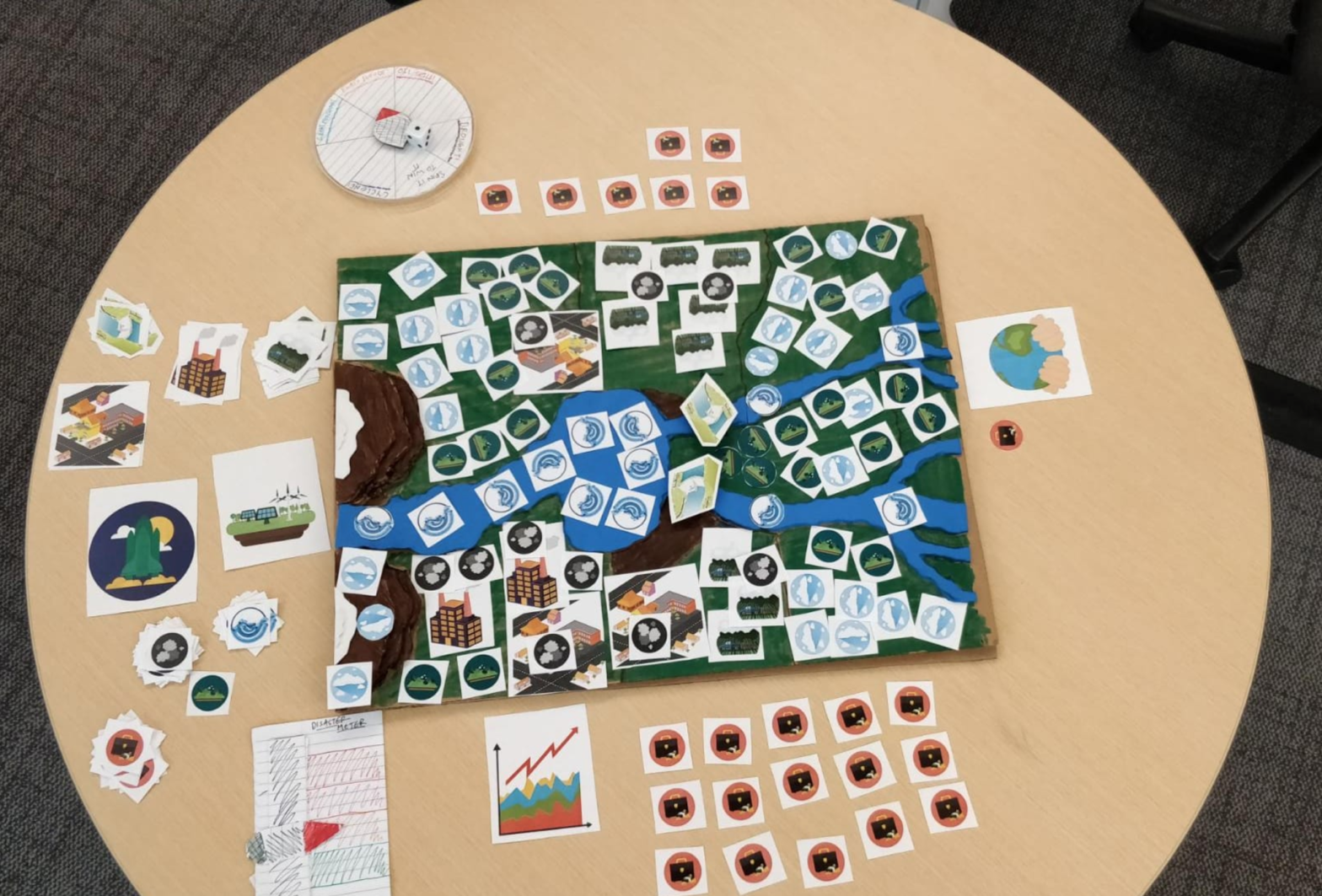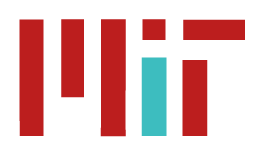
Game Design.
Redesign. Re-Redesign. Re-Re-Redesign! Too Much! Okay. Cut it down.
Game Design?
Guest post from 2019 Summer Journeyer, Prasanth Nori.
This summer I had the rare privilege of being selected to the Playful Journey Lab’s Summer Journey Fellowship. Like most terms and conditions that I’ve ‘read’, I applied while having almost no idea what I was signing up for. Just a few weeks before signing up however, I stumbled across a TED talk by John Hunter on the famous world peace game. For the first time in a long time I had goosebumps all over my body and I was truly inspired. I ordered his book called ‘World Peace and Other Fourth Grade Achievements’ and devoured it in a single sitting.
One of my favorite lines from the book is where he says “…if I see myself only in terms of myself, I am always going to be wrong. To fully understand who I am and what I am capable of, I need to always see myself in terms of a community.”
These lines and the concept of the ‘world peace game’ clung on to me before and after I applied to the fellowship. I kept imagining how incredible it would be to have a large classroom-sized board game that explored complex topics and gave children the ability to make meaning while they are helicoptered into a series of confusing and overwhelming conflicts. The complex mix of role-play, strategy, negotiations, debate, gameplay and reflection was powerful and potent.
But something that stood out to me was that the world peace game was built with a focus on war and peace. Could a concept like this be extended to create similar learning experiences around urban conflicts? I was particularly fixated on water conflicts in urban settings that were shockingly commonplace in India. The Bellandur Lake in Bangalore has caught fire multiple times and has become an infamous example of large scale inaction. Similarly the commonplace issues of water scarcity came to new light in Chennai when the city ran out of drinking water earlier in 2019.
With almost no experience in designing complex games, I set out on the journey of building a game that would simulate a water conflict and allow many students in a classroom to take on various roles, negotiate and understand the nuances of governance and policy making.
Over the course of the next few images I will take you on my game-design journey from early conception to the point where the game is at now.
In the first stage, I had extensive conversations with friends: Anirudh, Smriti, Prerna, Aditi, Aarya, Tanya, Kumkum and Tara from Harvard who are deeply passionate about education. I used their inputs to create a game centered around a river with conflicting teams around it. To create the first prototype I used paper, color pens, glue and odd tidbits from around the house.
In the second stage I moved from a paper prototype to a cardboard and printed design prototype where I made the mistake of going too deep into development before I did some playtests. When I did playtest this, the game wasn’t really working. So I went back to the drawing board with the help of my fellow summer journeyers Kate, Plub, David and Mariah and help from Louisa, Yumiko, Dan, Brandon and Peter. We took inspiration by playing other games like Tales from the Loop and Spirit Island to understand cooperative game mechanics.
In this iteration, I moved the focus back to the issue that pained me the most which was the burning lake. I created a simple cardboard and paper prototype where there was a fire at the middle of the lake and every round the fire grew. The teams had limited income and had to work together to figure out how to beat the fire. Upon playtesting this, it became a largely mathematical game and I felt the focus shifted away from the more social, imaginative aspects of the game.
In the final iteration (so far) I created a game board based on the actual geography of the Bellandur lake. I then created several character cards that gave each player a distinct persona to pick and live. In this version, each player goes by turn playing one of the available moves and rolling a ‘decision die’. The roll of the die gives either a ‘successful’ outcome, a ‘counter-productive’ outcome or a ‘status-quo’ outcome. This determines the fate of the lake. The game is largely controlled by the game-master.
If I had to compose my entire game design journey into 3 key learnings, I’d say:
- Playtest early: Spending too much time developing the game in my head just led to me getting too attached and having to discard elaborate prototypes. This could have saved me weeks of time and resources and made a better game, earlier.
- Constant reduction: I tried to build something too complex from the beginning and my process of building the game eventually became a conscious act of focussing and cutting out unnecessary elements. Knowing the fundamental reason behind making the game and removing unnecessary bells and whistles was immensely useful.
- Find an energizing community: The game design process was stressful and one of the hardest things I have done. It helped having a wonderful community of friends, colleagues and mentors at the Playful Journey Lab, at Harvard, and back home who shared my belief in the idea and pushed me to think deeply and create a meaningful game.
I’d like to take this opportunity to thank Louisa for the opportunity and constant encouragement.
I would also like to thank Divya, Srikanth, Surabhi, Yash, Nagarajan, Douceur, Rami, Andres, Abhijith, Prasanna, Nithish, Sanjul, Nick, Usha, Sriram, Sofya, Shradha, Emily, Shreemathi and others who helped me ideate and thought-partner constantly.
I’m excited to playtest this game with students in Bangalore and improve the experience in the coming months!

